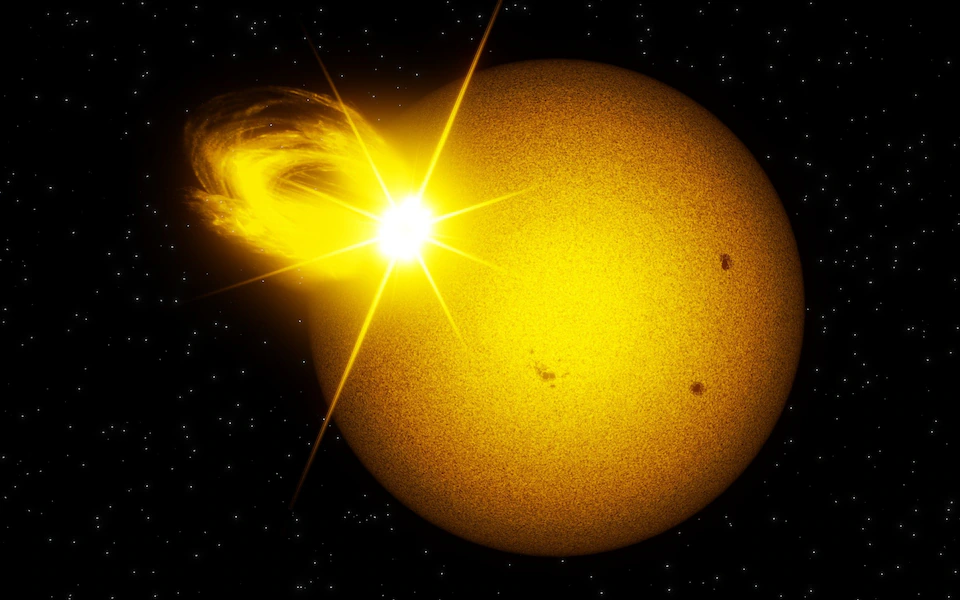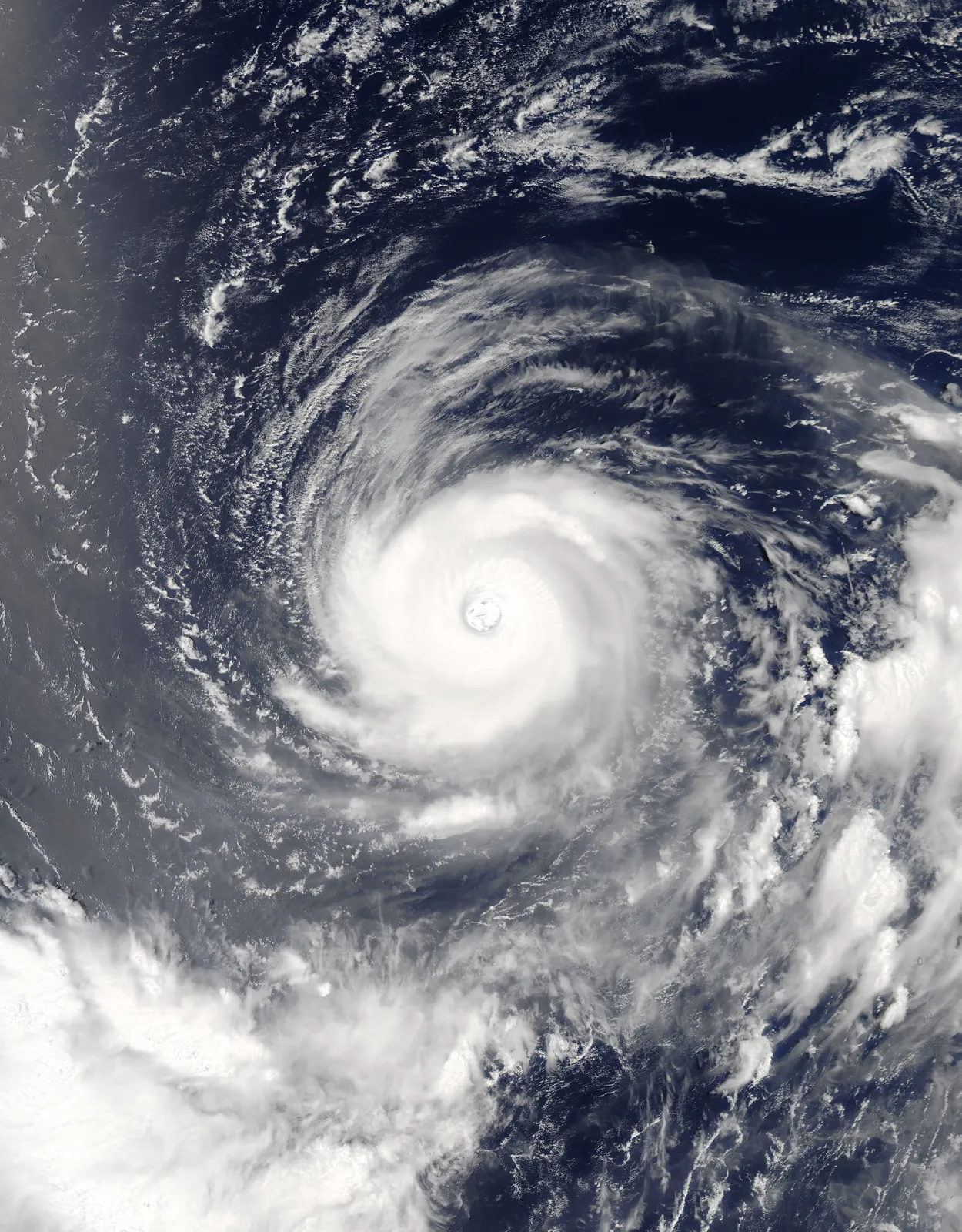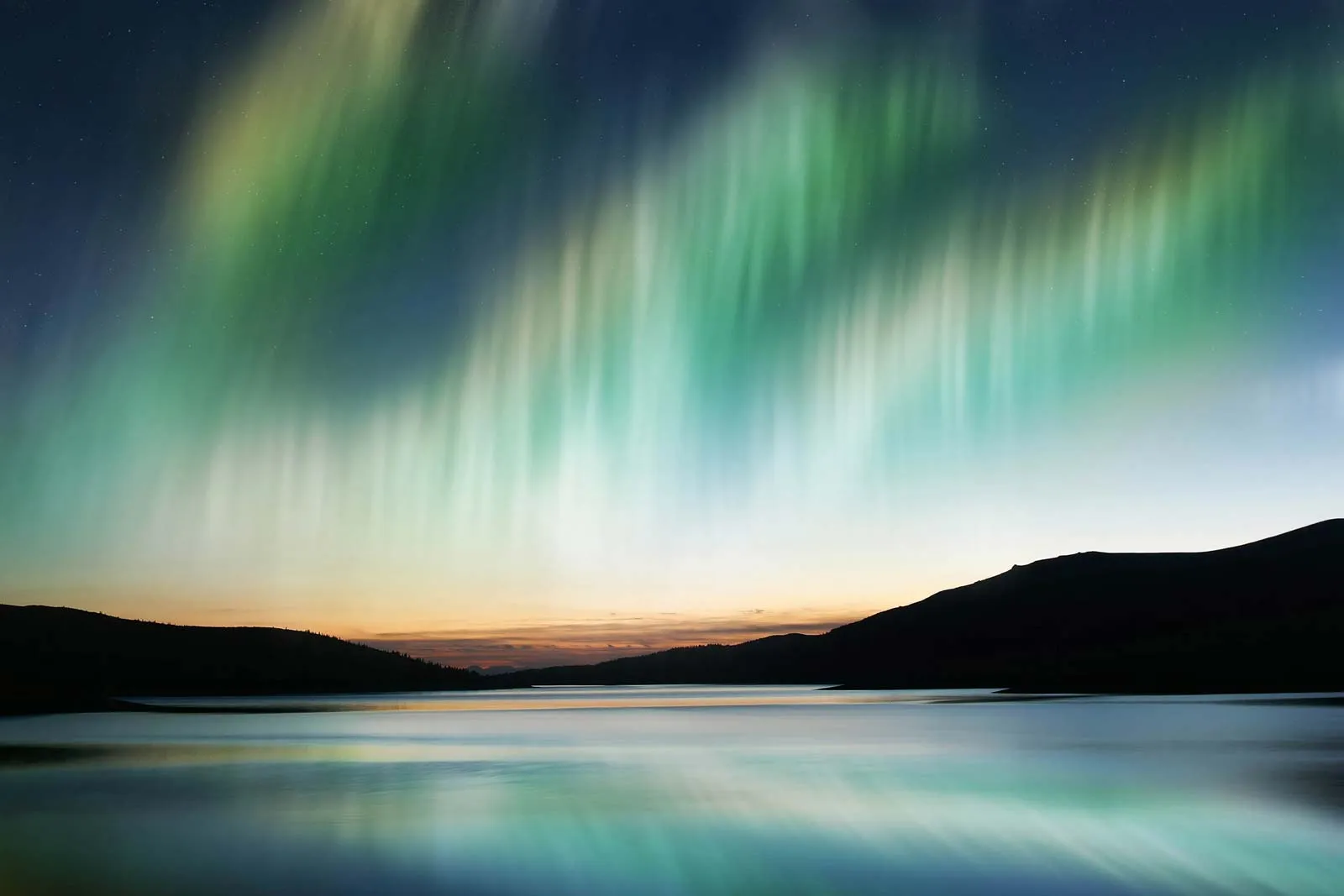Naming Pluto’s Moons
Before selecting names for Pluto’s two newly discovered moons, astronomers invited the public to cast their votes. The name “Vulcan,” associated with the Roman god of fire, was the clear…
Solar superflare that could disrupt power grids ‘overdue’
Observing other systems has revealed that we face greater risks from the Sun than previously understood. Earth is overdue for a devastating “superflare” from the Sun, which could disrupt satellites,…
Sending Earth’s Coordinates to Contact Extraterrestrial Life Sparks Debate – Scientists Proceed
If someone is lost in the wilderness, they have two choices. They can search for civilization, or they could make themselves visible by building a fire or spelling HELP in…
Unidentified Flying Objects: What We Know
Unidentified aerial phenomena (UAPs) are airborne anomalies—or optical phenomena that appear as airborne anomalies—that an observer cannot readily identify. UAPs gained significant public interest following World War II, potentially influenced…
Do Math and Science Truly Reflect Reality?
Do Mathematics and Science Reflect Reality? My best friend, a retired math teacher, once posed a thought-provoking question: If no one were around, would the theorems of mathematics still exist?…
What Sets a Typhoon Apart from a Super Typhoon?
The terms typhoon and hurricane are regional names for the same weather phenomenon: the tropical cyclone. Tropical cyclones are powerful circular storms that develop over warm tropical oceans and are…
What Triggers the Northern and Southern Lights?
The auroras—known as the aurora borealis (or northern lights) in the Northern Hemisphere and the aurora australis (or southern lights) in the Southern Hemisphere—are breathtaking natural phenomena that light up…












